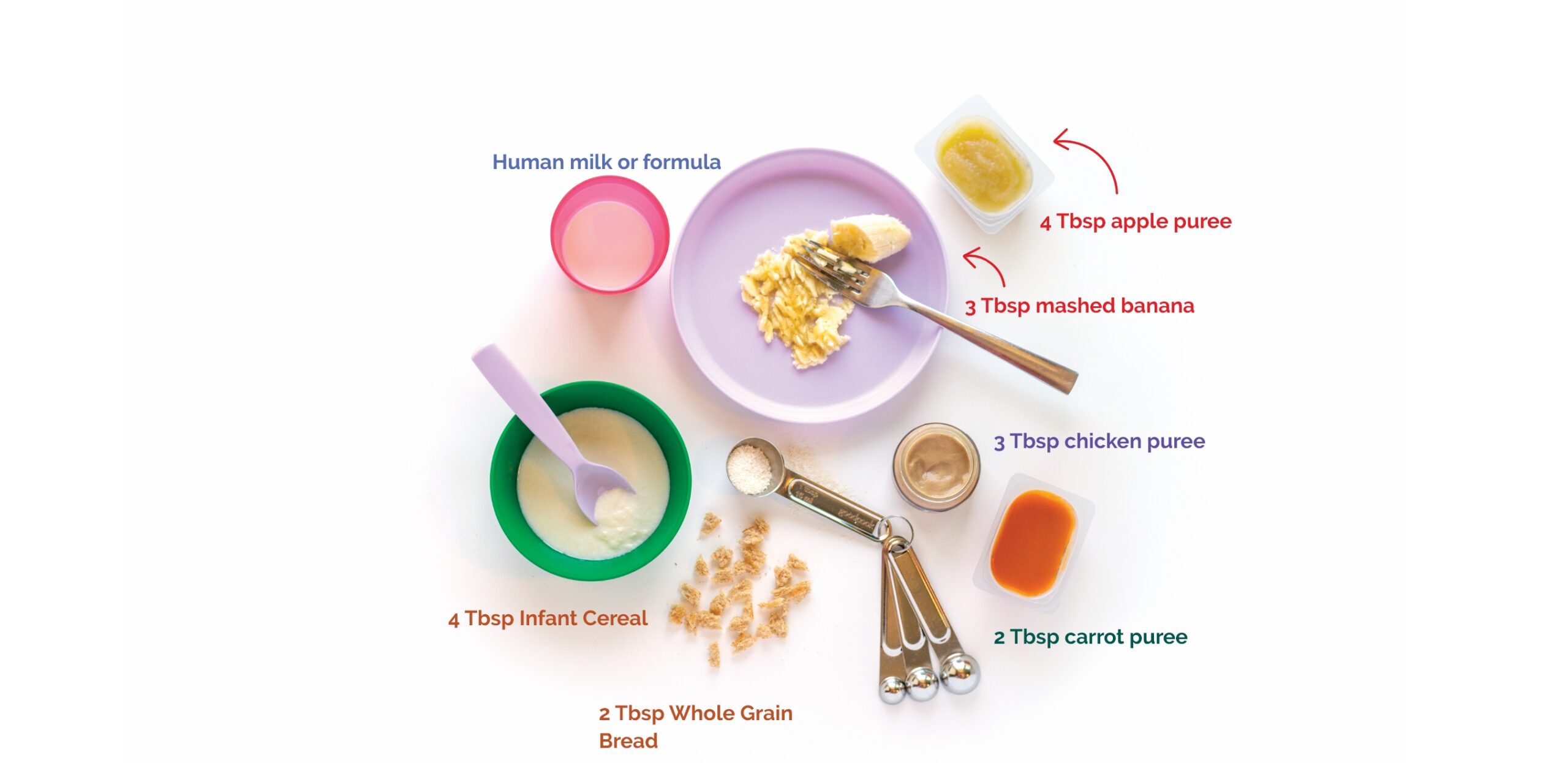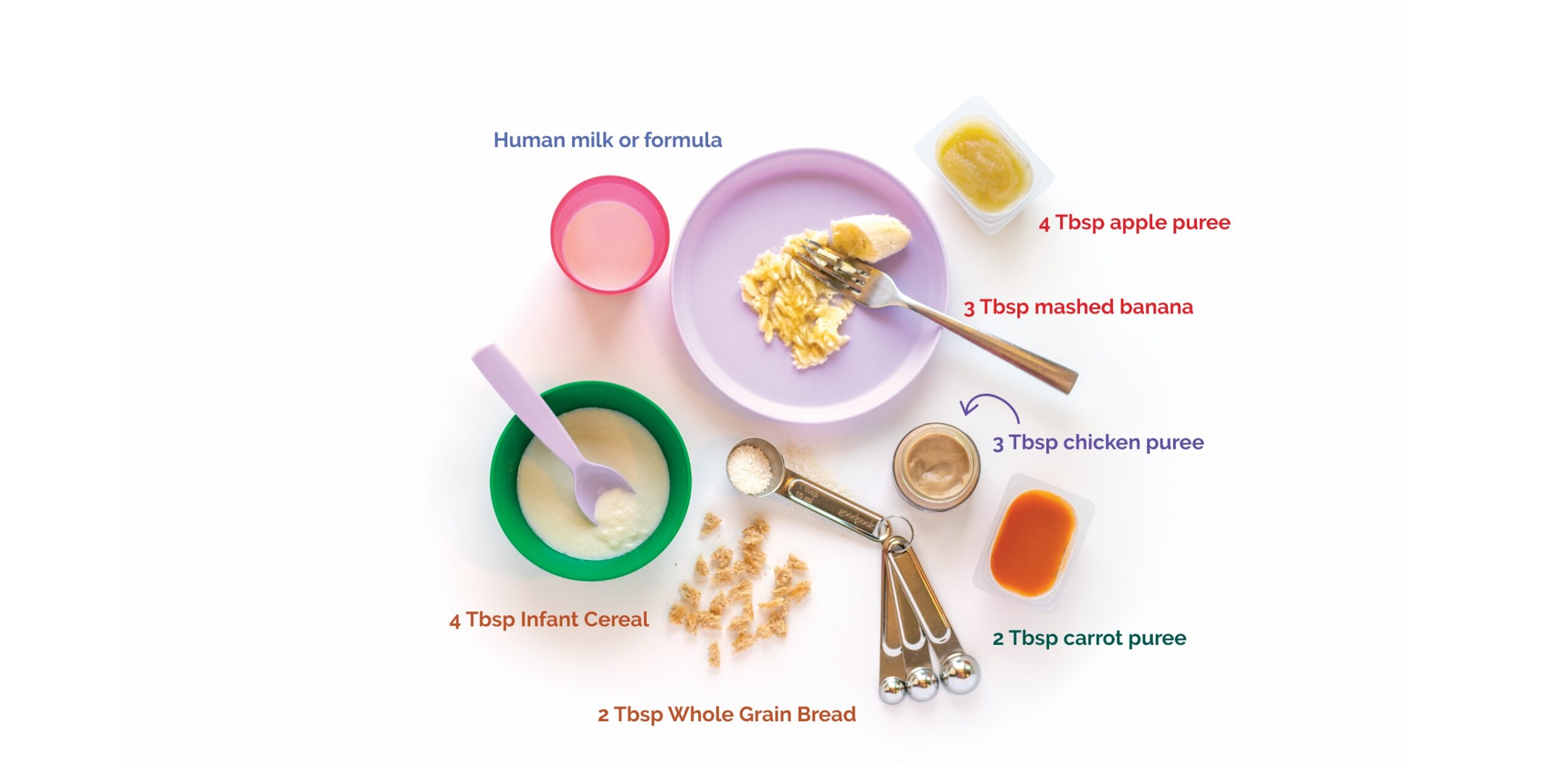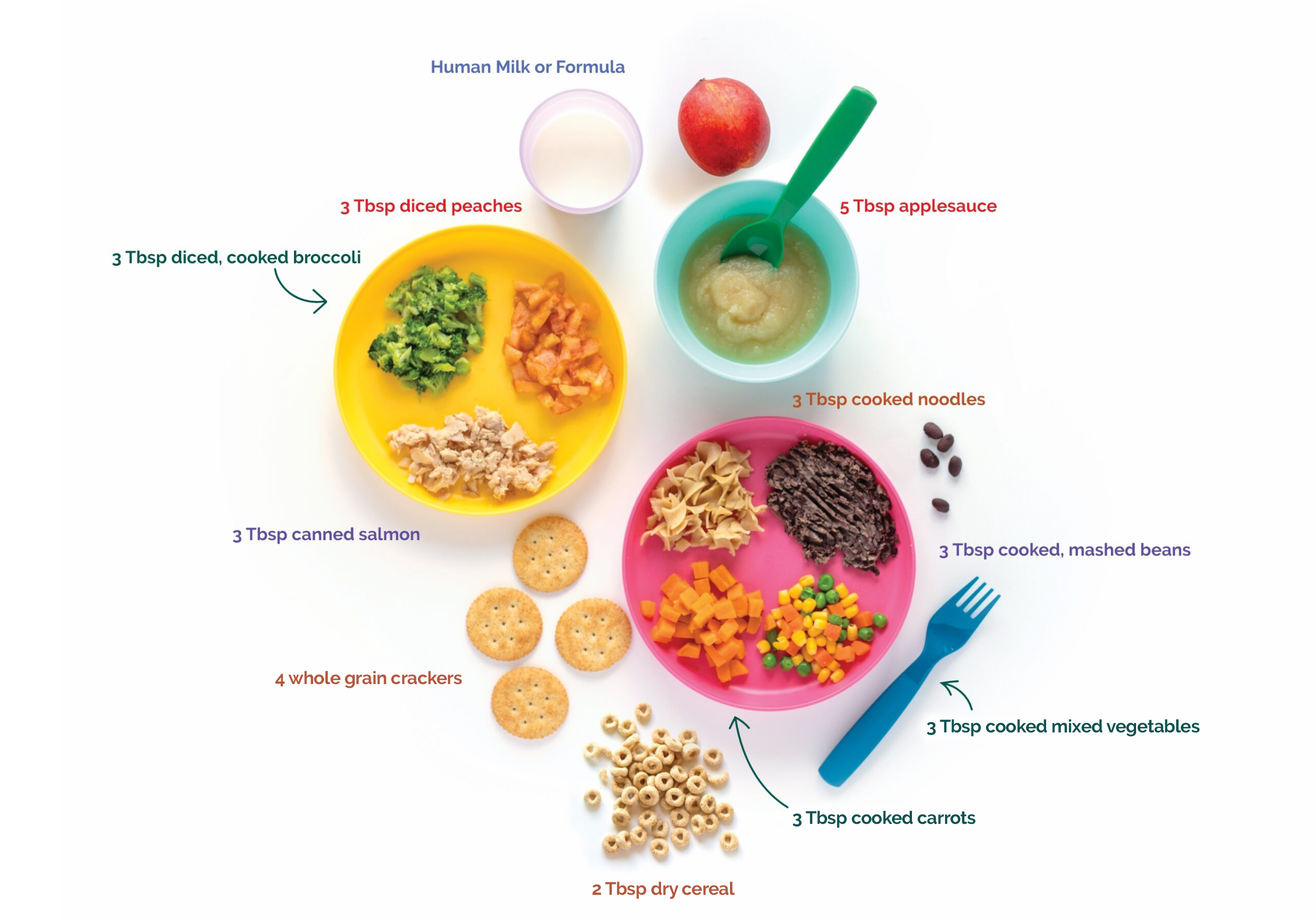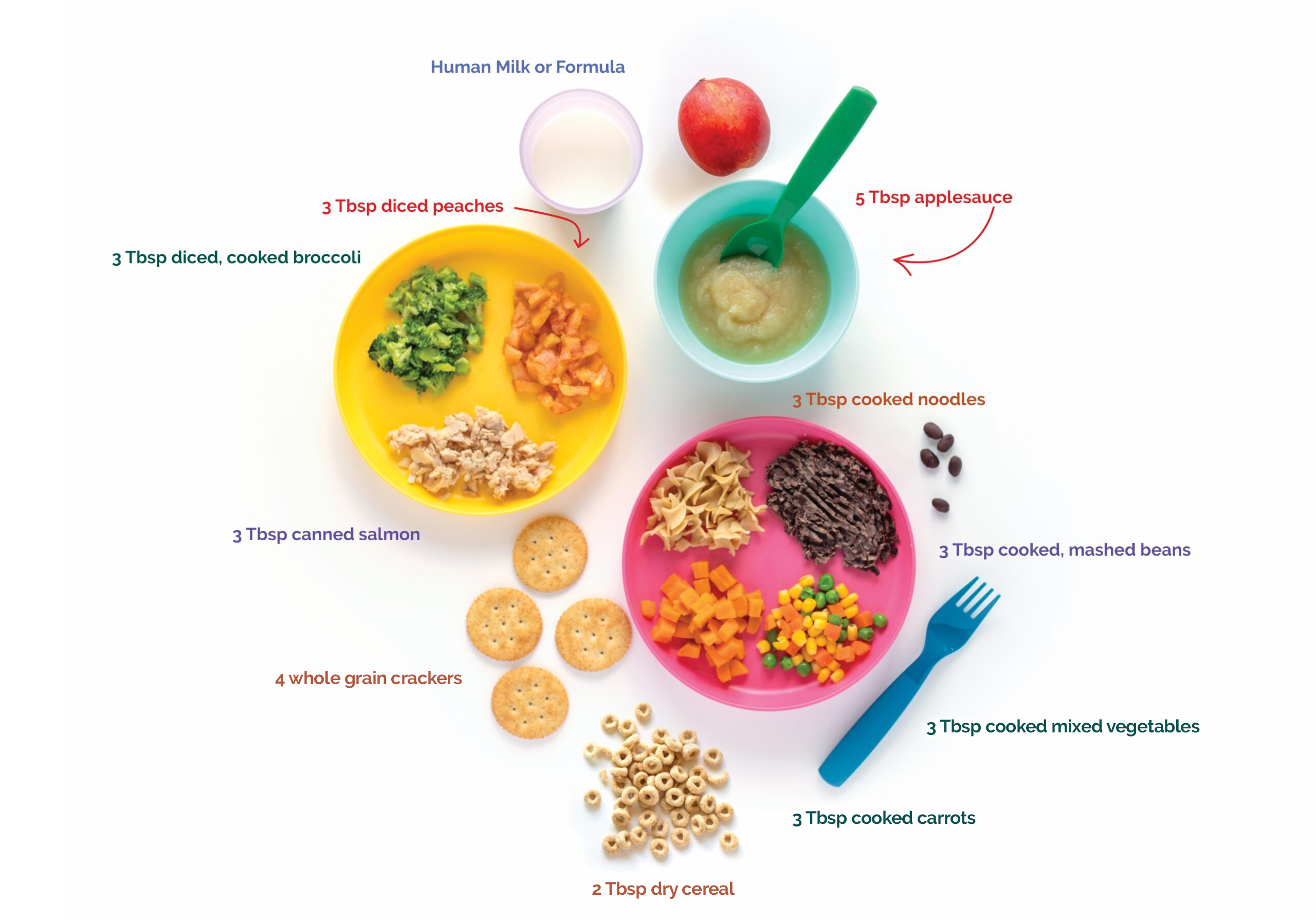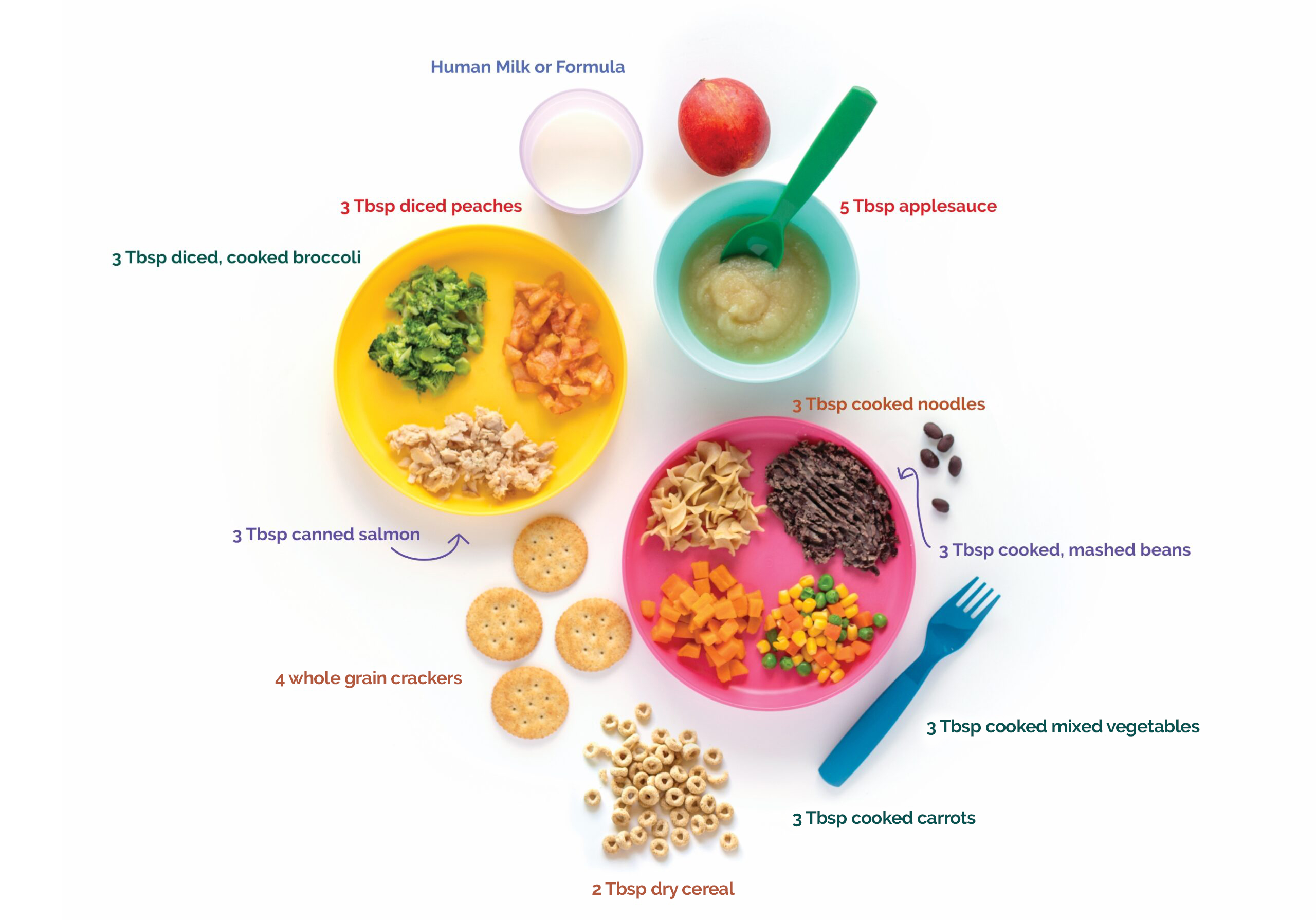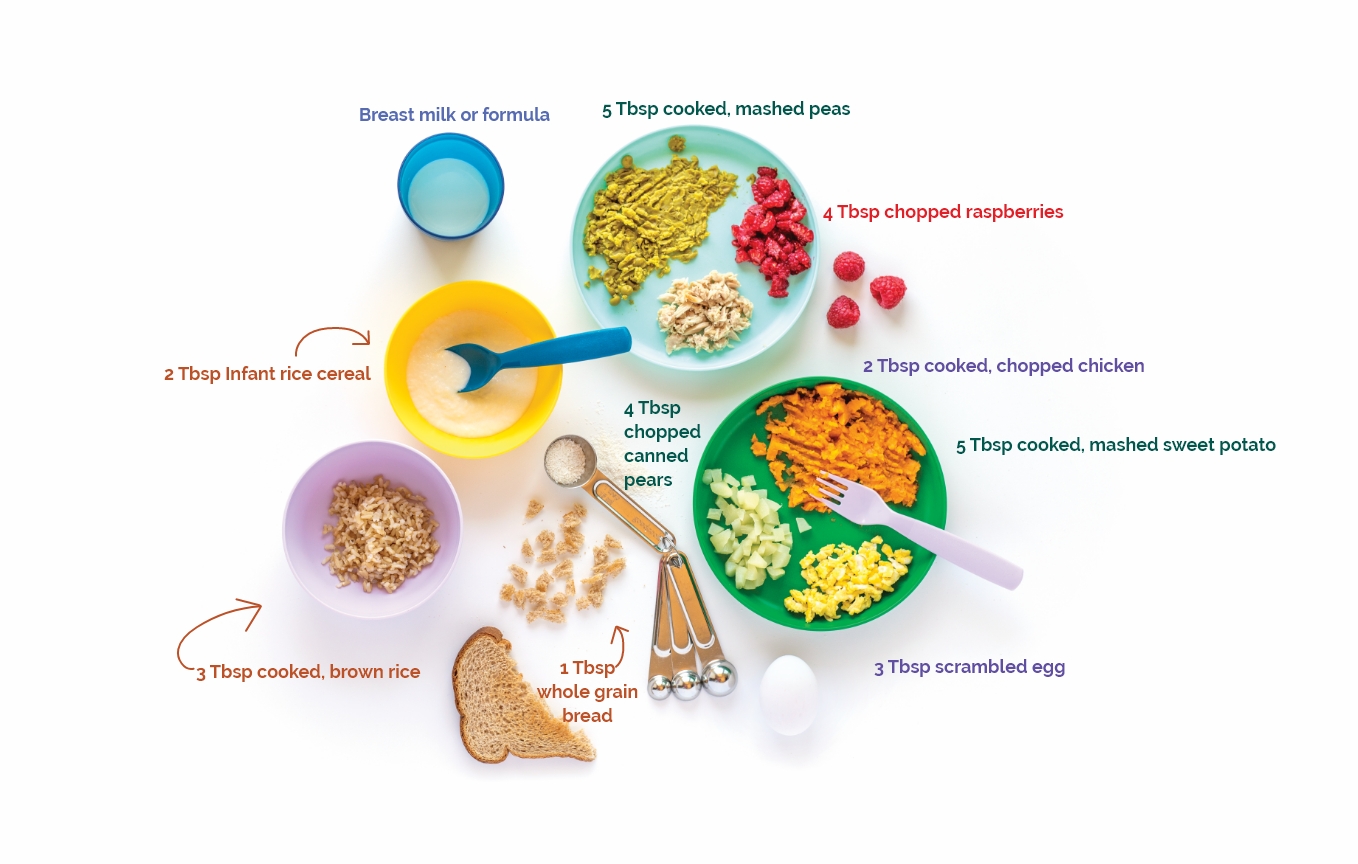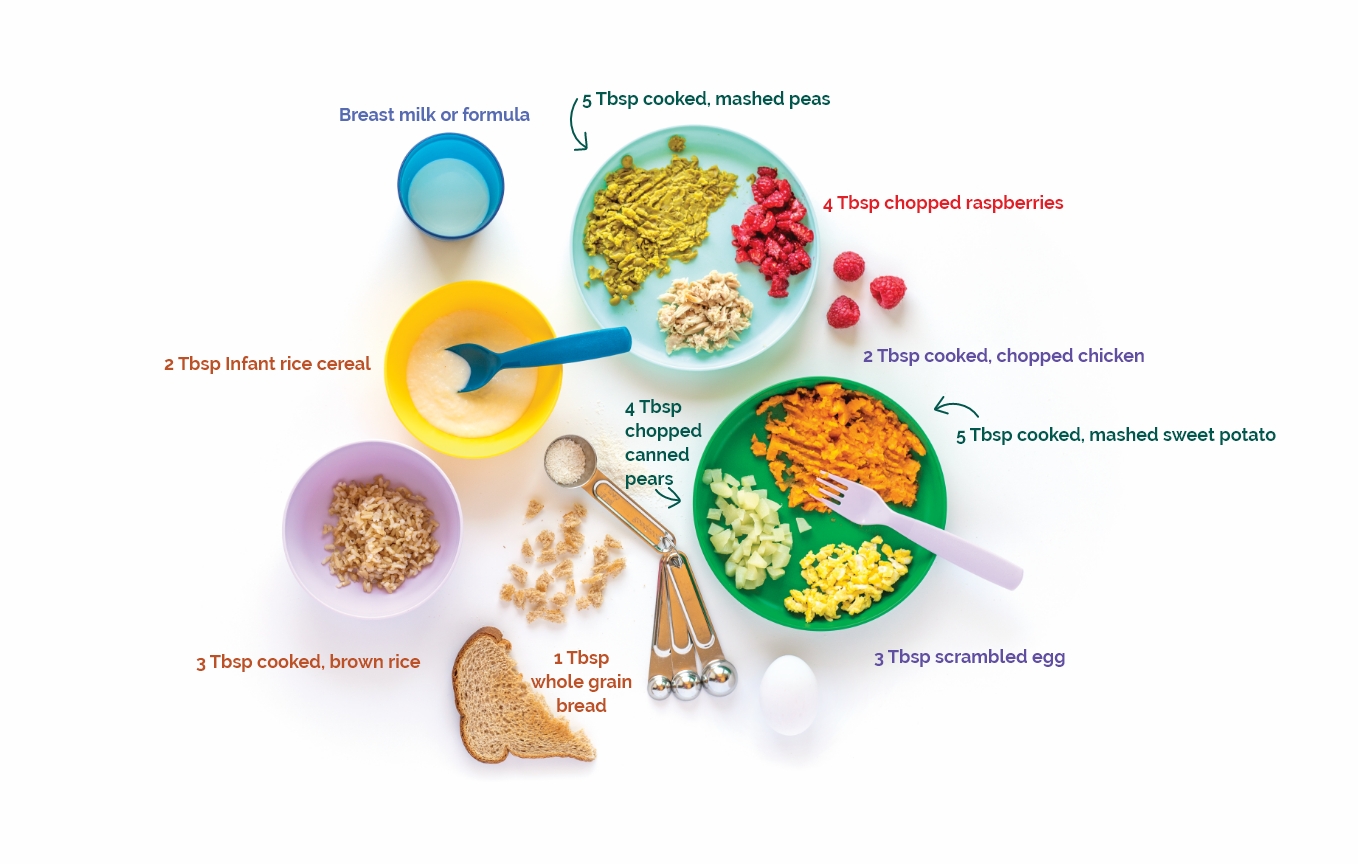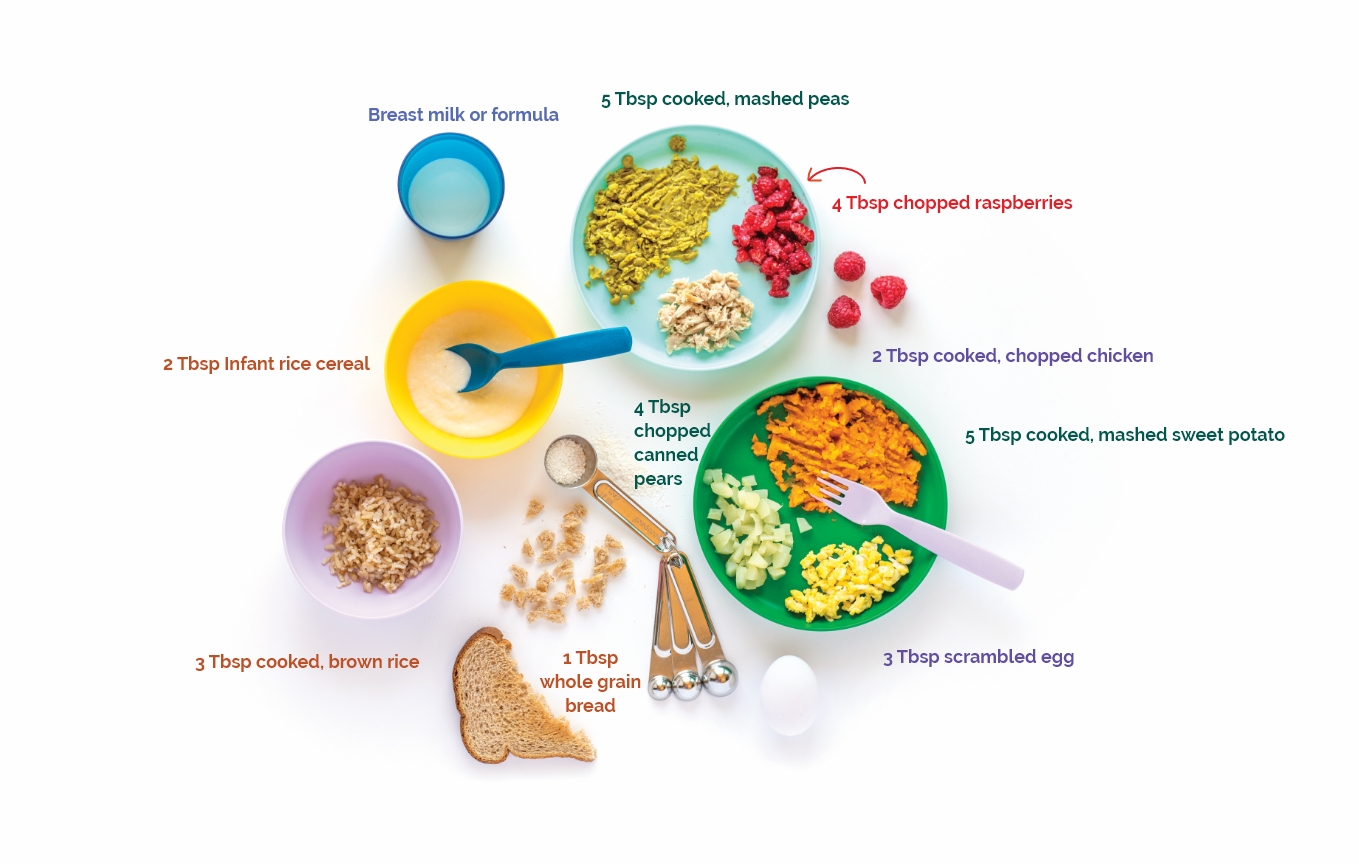The following explains how to install the mobile application and access your SoliMarket Shopper account:
Installation & Setup
1
2
Once the account has been created, you will receive an email from “noreply@soliportal.com.” Note: If you do not see this email within a few minutes after the account is created, check your email’s spam, archive, promotions, junk, or trash folders as your inbox may have filtered it automatically.
3
After receiving the email, you’ll be able to download and install the SoliMarket Shopper mobile application on your phone. Note: make sure you download “SoliMarket Shopper,” not “SoliMarket Register.” You can use the appropriate app store link for your device present in the email, or use the links below:
For Android devices:
Open the Google Play Store, search for SoliMarket Shopper, and download the application, or click here.
For iOS (Apple) devices:
Open the App Store, search for SoliMarket
Shopper, and download the application, or click here.
4

5
Enter the email address that staff used to create your account, then enter the temporary 4-digit pin number provided in the “Welcome to SoliMarket!” email. Note: All email addresses are case sensitive and should be all lower case.
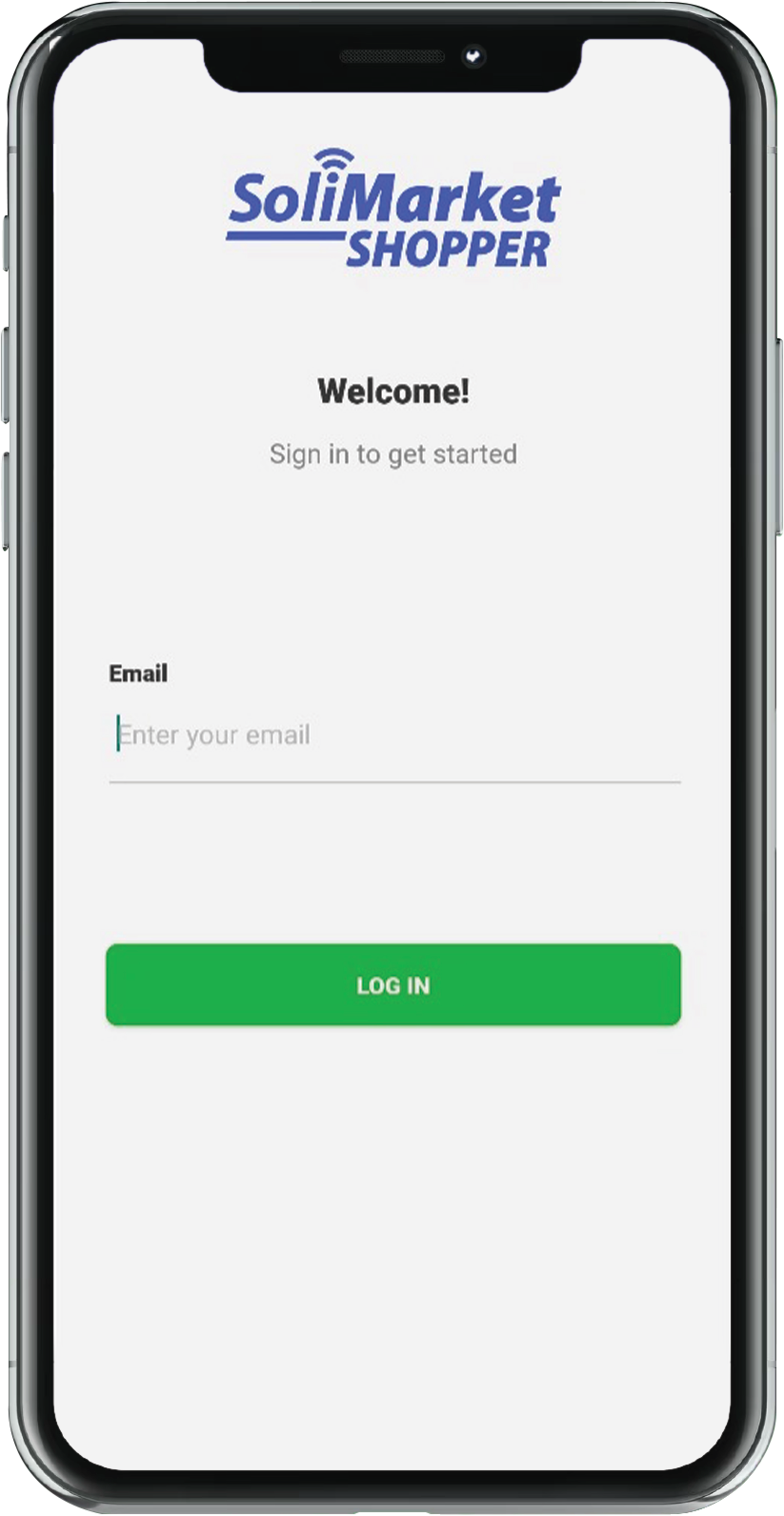
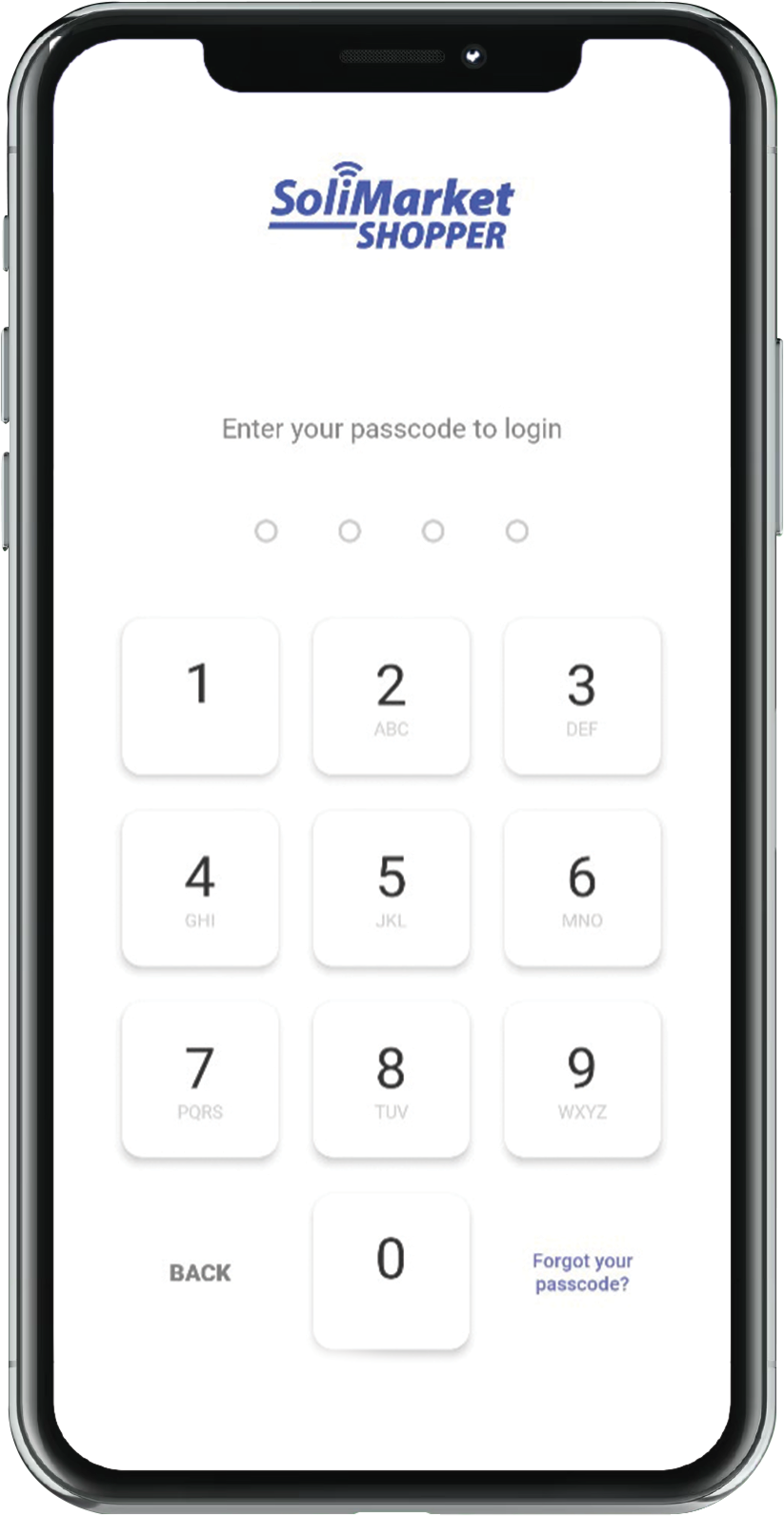
6
After entering the PIN, you will arrive at the home page displaying your balance and benefit expiration date. You can keep the current PIN to log in, or you can navigate to the “Account” Tab to change your PIN and/or enable Face ID/Touch ID if your device has the hardware available.
(We highly encourage using Touch ID/Face ID if your device can support it! This will allow you to log in effortlessly without the need to remember or lookup your PIN.)
7
Your SoliMarket Shopper app is now ready to make purchases!
Navigation & Other Features
Home
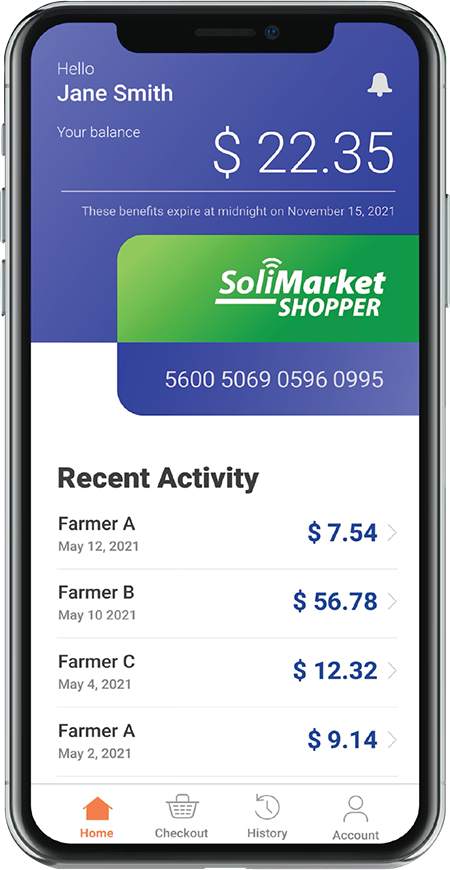
The Home page provides an overview of your SoliMarket Shopper account, including your name, current benefit balance, balance expiration date, summary of your most recent purchases, and 16-digit PAN (Primary Account Number).
• Any messages from SoliMarket and/or WIC staff will also appear on the Home Screen. The bell icon at the top-right corner of the screen can be clicked to view older messages. —> ![]()
Checkout
• The Checkout button may be clicked to start a transaction with a farmer who is authorized to use the SoliMarket Register mobile application.
• When you are ready to make a purchase, click the Checkout button; a QR code will be generated for the farmer to scan with their own device.
• The farmer will enter the price for the items on their device, and you will then see the transaction summary in your SoliMarket Shopper app. Click the green ACCEPT button to approve the transaction, or CANCEL to decline.
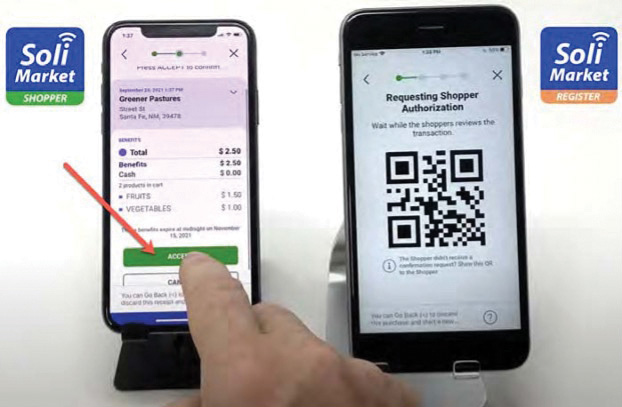
History
- • The History page will display all past transactions from your account, including transaction dates and amounts.
- • For more details on any specific date, including farmer information and benefit amounts used for each purchase, click on any of the dates.
- • For more details on each specific transaction, including information on specific items purchased and values that can be used to trace the transactions, click on a specific transaction.

Account
- • Account: Use this option to edit your First Name and Last Name. Note: the email address for the account cannot be changed; if a new email is needed, please contact your local WIC office.
- • Passcode & Security: Your account’s passcode may be updated here. You will be asked to enter your current passcode and then select a new one. From this page you may also enable or disable Touch ID and/or Face ID as an option to access your account (if your phone model has this feature).
- • Language: The application’s language can be changed to either English or Spanish.
- • Terms & Conditions: Use this button to view the Terms & Conditions for the SoliMarket mobile application.
- • Privacy Policy: Use this button to view the Privacy Policy for the SoliMarket mobile application.
- • Logout: Use this button to log out of your account.
- • SoliMarket version: This section will display the software version of your SoliMarket mobile application.
In a case where technical support is required, you may be asked to confirm the version number listed here.
We encourage enabling “auto-update” settings on your device, or periodically checking back to the app store for the latest version of SoliMarket Shopper.
8:00 a.m. to 6:00 p.m. EST Monday to Friday www.solisystems.com


